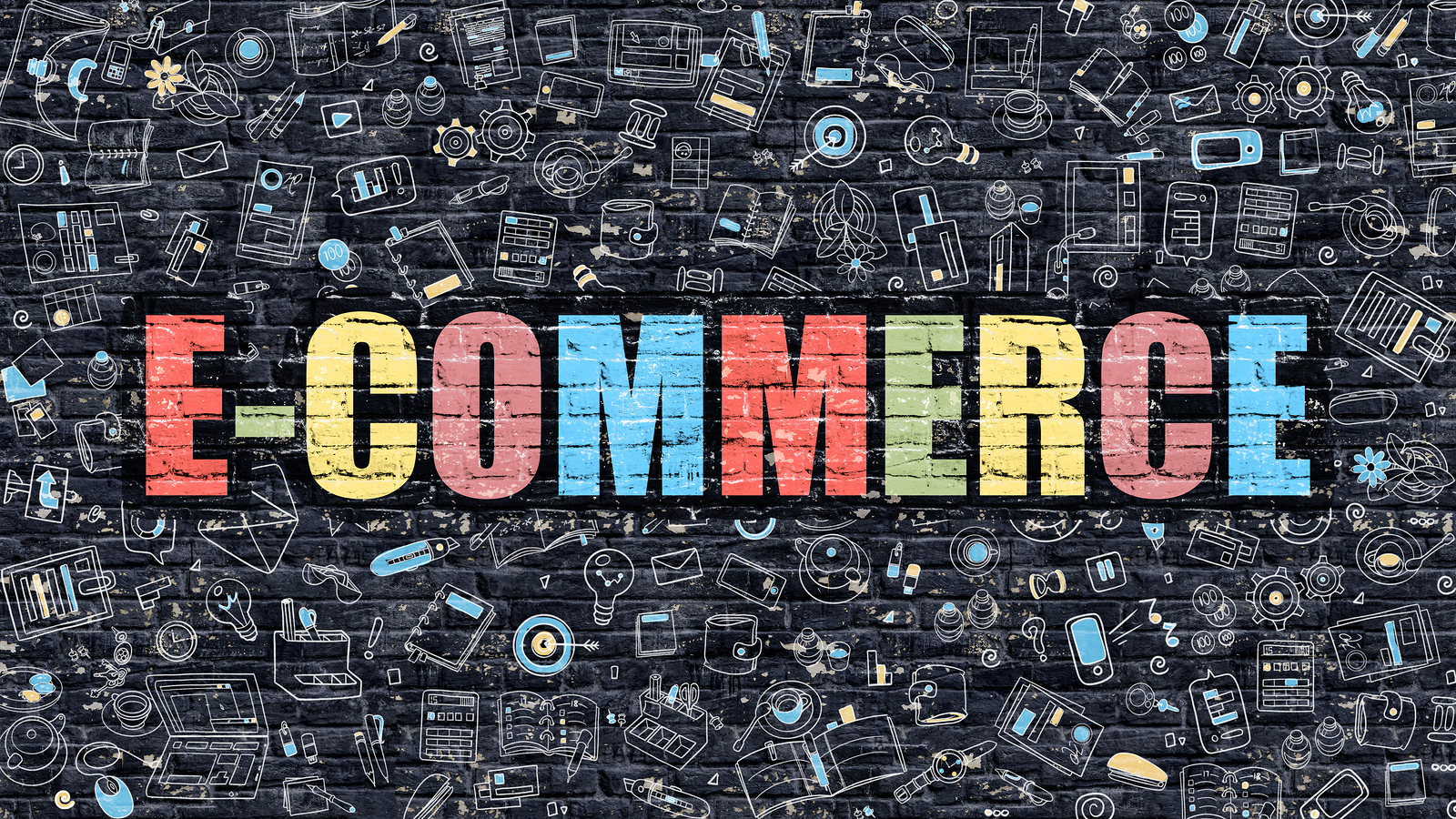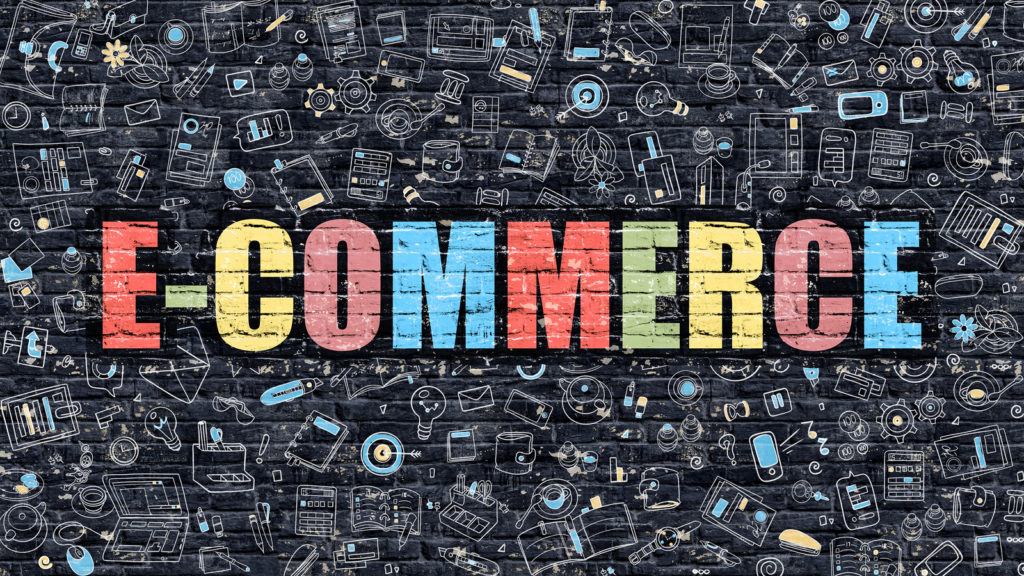
As the e-commerce phenomenon grows, the number of sellers looking to jump on the bandwagon is growing at a frantic pace. It is not only the new sellers who want to try their hand at this trending way of selling. Even the ones already running successful brick-and-mortar businesses are keen to start with online selling so that they are not left behind.
Leaving aside the countless success stories it has, e-commerce is a technical business that requires sound knowledge and expertise to run successfully. Yes, luck does have a part to play but you must have a sound knowledge of e-commerce terminology and operations so that you can carry out the business smoothly.

Let’s guide you through the basic e-commerce terms that you should know about.
- E-commerce Store
An e-commerce store is the building block on an online business. Just like a physical store acts as a touch point for the brick-and-mortar buyers, an e-commerce store is the first point of impact for the online shoppers. It is a website where you showcase the goods and/or services that you offer to your customers. The store is to be built using the right platform so that it can be enriched with all the features and functionalities that are required to sell online. Magento, Prestashop, Shopify and WooCommerce are some of the popular e-commerce platforms.
- User Interface/User Experience
Next comes the term User Interface, which basically refers to the front-end design of your online store. It is the look the store that encompasses design elements such as the home page, product pages, call to action buttons, navigation elements, search elements and more. An intuitive UI ensures easy understandability for the user and lends a good user experience that makes him stay on the site and complete the purchase. Also, a responsive UI is something that users expect these days. Being responsive indicates that your website is capable of running seamlessly across a variety of devices including smartphones and tables. The better is the user interface; the more effective is the user experience that a site renders.
- Traffic and Conversions
While traffic refers to the number of visitors accessing your website at a particular point of time, conversions are the number of visitors actually buying the product or service. Conversion is perhaps the most critical factor for an e-commerce seller as it actually determines the success of the store. Conversion rate largely depends on the look and feel of the website, which is the reason that sellers should lay emphasis on the user interface and user experience that his website delivers. Factors like simplicity of checkout process, availability of multiple payment options and shipping methods go a long way in enhancing the conversion rates.
- Digital Marketing
Next comes a key term that every online seller should know about and understand thoroughly. This is digital marketing which refers to a combination of marketing strategies that are aimed at boosting the visibility and sales of products through online channels. Search Engine Optimization (SEO), Social Media Marketing (SMM), Content Marketing, Pay per Click (PPC) Advertising, Affiliate Marketing and Email Marketing are some key strategies that come under the umbrella of digital marketing. Each of these elements has a key role to play and the seller needs to know them well enough to be able to leverage them. For instance, knowing about SEO can help him to boost traffic while a complete knowledge about SMM can be useful for engaging the shoppers through social channels. Similarly, a seller who knows How to Build an Email Marketing Funnel that Drives Massive ROI can boost sales via direct emails to the existing and potential customers.
- Cart Abandonment
Cart abandonment is a term that every e-commerce seller fears but it is also something that they must be well aware about. A customer journey begins when he access the website and then browses the products and services. In the next stage, the visitor shortlists the products he likes and puts them into the shopping cart. The real challenge is to drive him to complete the cart checkout and close the transaction by making a payment. Cart abandonment happens when the shopper leaves the website without checking out and converting. If your website has a high cart abandonment rate, it points out some potential hitches such as slow speed, navigational challenges, lack of right/enough payment options and more. This is something that you should take seriously and try to resolve at the earliest.
Knowing these e-commerce terms well enough is the key to running a successful e-commerce business. Whether you are a beginner in the domain or a seasoned seller, you should pay attention to these terms and get your online store to the top.
This is a sponsored article.
